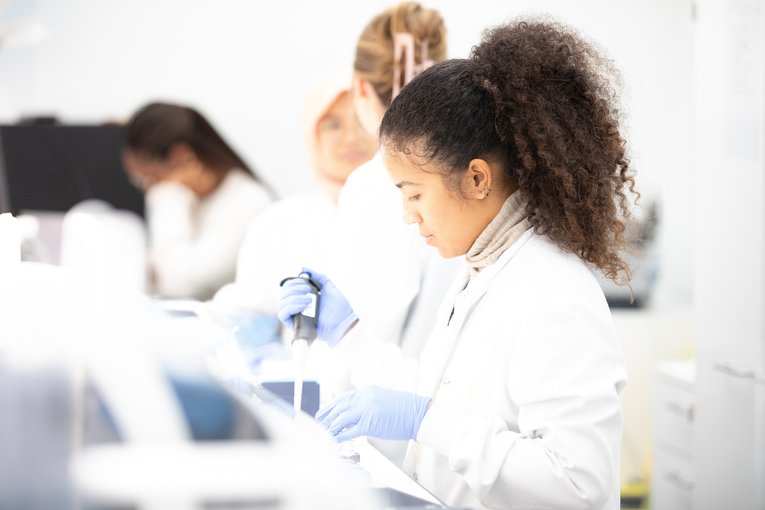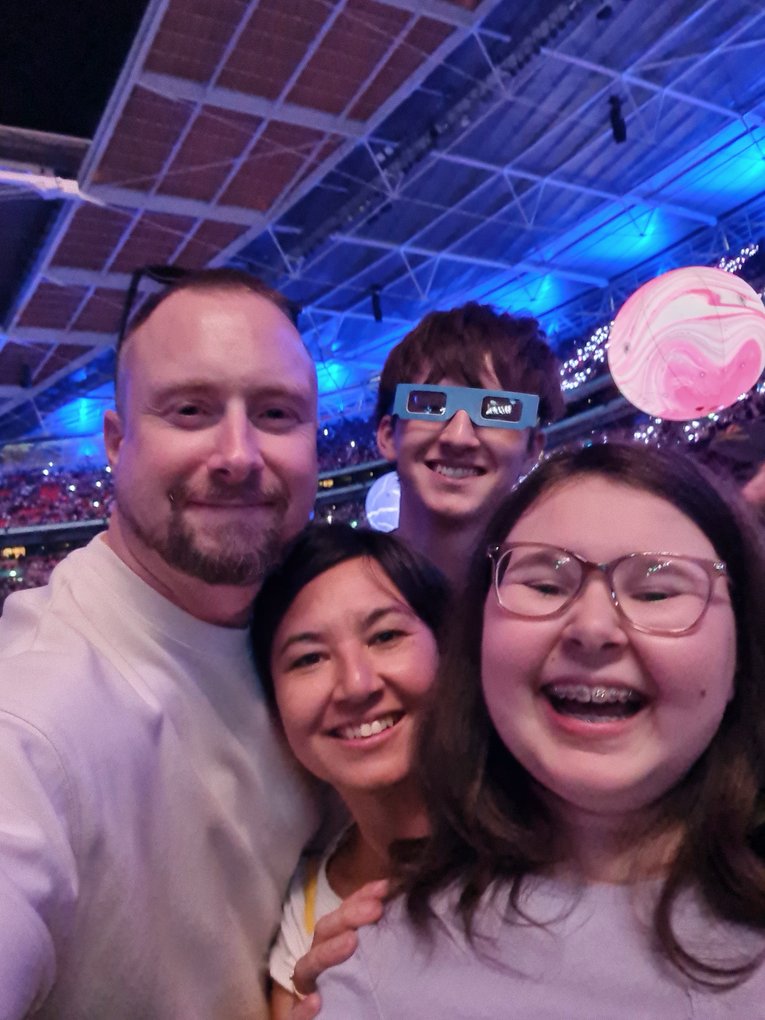
https://www.gosh.nhs.uk/news/surviving-cardiac-arrest/
Surviving a cardiac arrest
17 Oct 2018, 10:15 a.m.
On the night of 23 February 2013, Violet, a healthy, seven-year-old girl suffered a cardiac arrest. Up until that point, her parents never had cause for any concern.
Her mum Jayne recalled: “It had been a night like any other. Our eldest daughter Olivia, who was then 13, had a friend sleeping over, and the girls were having a great time laughing and playing together. Violet had gone to bed a bit earlier, when I heard her cough. I thought she was trying to get my attention so she could stay up later, as it was already 11pm, but when I got to her bedroom she had totally stopped breathing.”
At first Jayne thought that Violet was choking on vomit.
"My instincts took over and I began CPR"
“It was completely surreal, but at that moment my instincts took over and I just began CPR. I then screamed for my husband, so he could take over CPR while I called 999. We put the phone on loud speaker, so we could hear the operator counting the CPR beat and trying to calm us down. We performed chest compressions and gave Violet mouth-to-mouth. We did this for seven minutes, until paramedics arrived and took over.”
During that time, Jayne recalls, the family didn’t know what was wrong with Violet but they feared the worst. One of the paramedics shocked Violet once with the defibrillator and the other paramedic performed CPR on Violet for further two minutes before she came around again.
Long QT syndrome
Although she was initially taken to her local hospital, Violet was transferred to Great Ormond Street Hospital (GOSH), where the Paediatric Cardiology Team diagnosed her with an extremely rare heart condition called long QT syndrome. The condition occurs in about 1 in 2,000 people and affects the heart’s electrical rhythms, causing it to suffer from arrhythmias or completely stop.

Jayne said: “Before this happened to our family, we always thought that the only people who could suffer a cardiac arrest were those who lead unhealthy lifestyles. Our family is active, none of us smoke and we eat well. None of us have a history that would have raised flags. What happened with Violet was completely unexpected. But the one thing we are certain of is that if we hadn’t performed CPR on Violet that night, she wouldn’t be here today. Knowing how to do the basic life support is such an essential skill, and it saved our daughter.”
Protecting others against cardiac arrest
For the past two years, Jayne has dedicated her time to setting up a charity, Heart 2 Heart Norfolk, which helps fund automated external defibrillators (AED). She trains adults and children to learn CPR, and her work has led to the installation of 83 public defibrillator’s across Norfolk and Suffolk and even on the Isle of Wight. In June this year, one of the public defibrillators Jayne placed saved a man’s life at Great Yarmouth & Gorleston Sailing Club when he collapsed 10 feet from the cabinet. Jayne had visited the Sailing Club last year to provide a CPR and Defibrillator training evening – some of the man's friends who attended the evening sprung immediately into action.
Jayne said: “Anyone can use a defibrillator, they talk to you the whole way through, you cannot go wrong. If the person doesn’t need to be shocked, then the machine will tell you to continue CPR. If the person needs to be shocked, then it will tell you. It’s better to do something, than nothing.”
Living life to the full
13 year old Violet has since recovered and has gone on to compete in dance competitions across the country, winning a number of accolades along the way. Next year she is off to Switzerland with Scouts for World NORJAM. She still lives her life to the fullest, knowing the ICD (implantable cardio defibrillator) in her chest will shock her heart back to life if it suddenly goes into an abnormal rhythm again.
Jayne added: “Every time we set up a training for either CPR or using the AEDs, we get completely booked, and I think it’s because more people see the value of knowing how to do it right. Even performing chest compressions on someone in cardiac arrest while medical help arrives can keep blood pumping around the body and can make all the difference.”

NIHR launches £13.7m investment into brain tumour research
The National Institute for Health and Care Research (NIHR) has announced a £13.7 million investment that will support ground-breaking research to develop novel brain tumour treatments in the UK.

New consortium aims to help improve care for arthritis patients
A new UK-led research group, including Great Ormond Street Hospital and University College London, aims to improve the lives of children, young people and adults with arthritis by defining for the first time what being in ‘remission’ from arthritis truly

Great Ormond Street Hospital joins the Circular Economy Healthcare Alliance (CEHA)
By joining CEHA, Great Ormond Street Hospital reaffirms its commitment to ‘do no harm’—not only to our patients, but to the environment and future generations.

‘Ready-made’ T-cell gene therapy tackles ‘incurable’ T-Cell leukaemia
A groundbreaking new treatment using gene-edited immune cells, developed at GOSH and UCL has shown promising results in helping children and adults fight a rare and aggressive cancer
